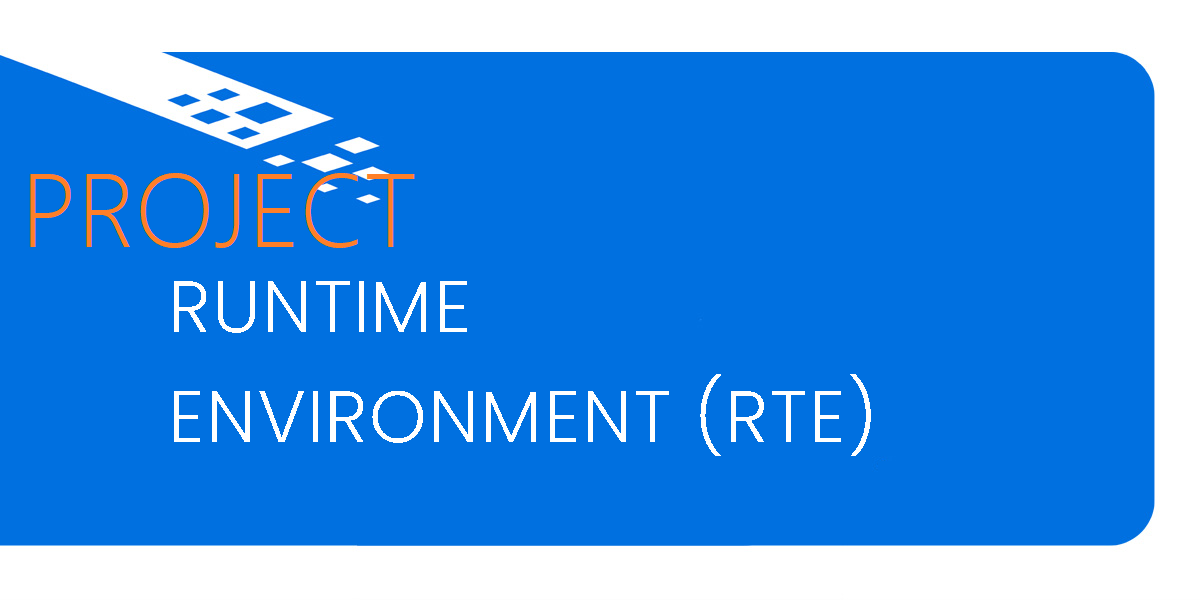[1] project operation environment
business environment factors:
- business environment factors within the organization.
- factors of the business environment outside the organization
- organize process assets
- processes, policies and procedures
- organize your knowledge base
- organize the system
- organizational governance framework
- manage features
- the type of organization structure
the environment in which the project is located may have a favorable or adverse impact on the implementation of the project. the two main sources of these impacts are the business environment (eef) and the organizational process asset (opa).
business environmental factors originate from the environment outside the project (often outside the enterprise), and the business environment factors may have an impact on the entire enterprise, project portfolio, project set, or project.
organizational process assets originate within the enterprise and may come from the enterprise itself, portfolio, portfolio, other projects, or a combination of these.
1.1 business environment factors
Business Environmental Factors (EEFs) are conditions beyond the control of the project team that will affect, limit, or direct the effects of the project. These conditions may come from within and/or outside the organization. Business environment factors are an input to many project management processes, especially most planning processes. These factors may increase or limit the flexibility of project management and may have a positive or negative impact on project outcomes.
business environment factors within the organization: organizational culture, structure, and geographic distribution of facilities and resources; infrastructure; information technology software; resource availability; employee competencies;
business environmental factors outside the organization: market conditions; social and cultural influences and issues; legal restrictions; business databases; academic research; government or industry standards; financial considerations; physical environmental factors
1.2 organizational process assets
organizational process assets include any artifacts, practices, or knowledge from any (or all) project implementing organizations that can be used to execute or govern projects, as well as lessons learned and historical information from previous projects of the organization. organizational process assets may also include completed schedules, risk data, and earned value data. organizational process assets are inputs to many project management processes. because organizational process assets exist within the organization, project team members can make the necessary updates and additions to the organization process assets throughout the project.
organizational process assets can be divided into the following two broad categories: 1. 2. processes, policies and procedures; organize your knowledge base.
processes, policies and procedures: processes and procedures used by the organization to execute project work, including (but not limited to): guidelines and standards; specific organizational standards; product and project lifecycles, and methods and procedures (e.g., project management methodologies, evaluation indicators, process audits, improvement objectives, checklists, standardized process definitions used within the organization); templates; change control procedures; tracking matrices; problem and defect management procedures; verification and validation procedures for products, services, or results.
organizational knowledge base: the knowledge base that the organization uses to access information, including (but not limited to): configuration management knowledge base, financial database, historical information and lessons learned knowledge base, problem and defect management database, measurement indicator database, and project archives of previous projects
[2] Organize the system
2.1 organizational governance framework:
governance is a multifaceted concept and: the study notes that governance refers to organized or structured arrangements at all levels of an organization designed to identify and influence the members of an organization, including taking into account people, roles, structures, and policies;
2.2 elements of management:
refers to key functions within an organization or components of general management principles. organizations assign general management elements based on the governance framework and organizational structure type of their choice.
Key functional or general management principles include (but are not limited to):
a. departments that work on the basis of expertise and availability;
b. the work authority granted by the organization;
c. job responsibilities, carry out work tasks reasonably assigned by the organization according to attributes such as skills and experience;
d. acts of a disciplined nature (e.g. respect for authority, personnel and regulations);
e. the principle of uniform command (e.g. an employee accepts instructions from only one superior for any action or activity);
f. unifying the principles of leadership (e.g. only one plan or one leader for a set of activities, and the same objectives);
g. the overall goals of the organization take precedence over individual goals;
h. pay reasonable remuneration;
i. optimal use of resources;
j. smooth communication channels;
k. get the right people to do the right thing with the right materials at the right time;
l. treat all employees fairly and equally;
m. clarify the safety responsibilities of the workplace;
n. ensure the safety of employees;
o. allow any employee to participate in the program and implementation;
p. maintain employee morale.
2.3 organizational structure type:
functional, matrix, project
2.4 project management office:
the project management office (pmo) is an organizational structure that standardizes project-related governance processes and facilitates the sharing of resources, methodologies, tools, and technologies.
"the scope of pmo's responsibilities can be large or small, from providing project management support services to directly managing one or more projects.
there are several different types of pmos that vary in their degree of control and impact over a project, such as:"
Supportive: Supportive PMOs act as consultants, providing projects with templates, best practices, training, and information and lessons learned from other projects. This type of PMO is actually a project repository with very little control over the project.
Control type: The control type PMO not only provides support for the project, but also requires the project to comply through various means, this type of PMO has a medium degree of control over the project, and compliance may include:
1. Adopt a project management framework and methodology,
2. Use specific templates, formats and tools, and
3. Obey governance
Directive: The directive PMO directly manages and controls the project. Project managers are designated by and reported to the PMO. This type of PMO has a high degree of control over the project








No comments:
Post a Comment